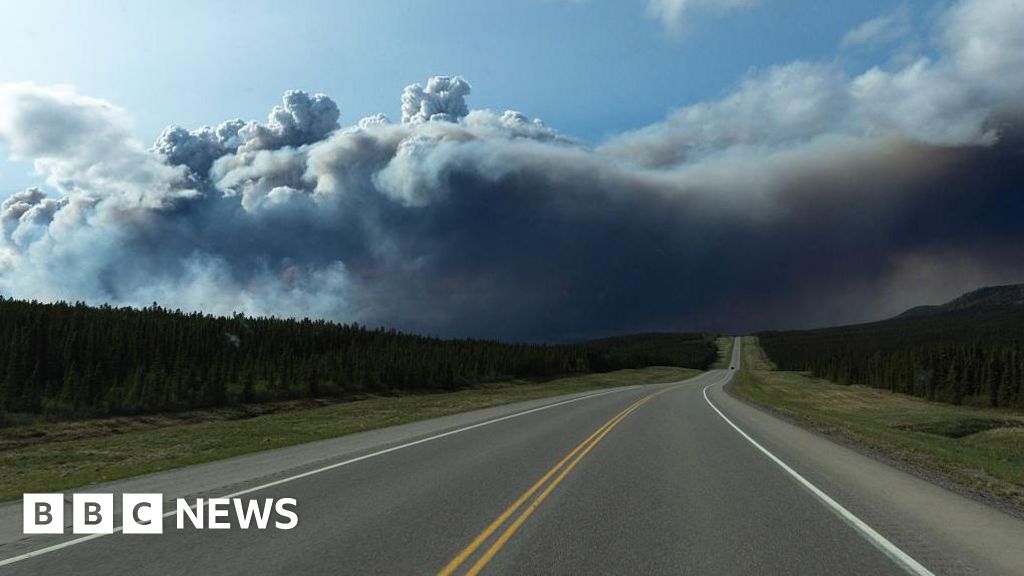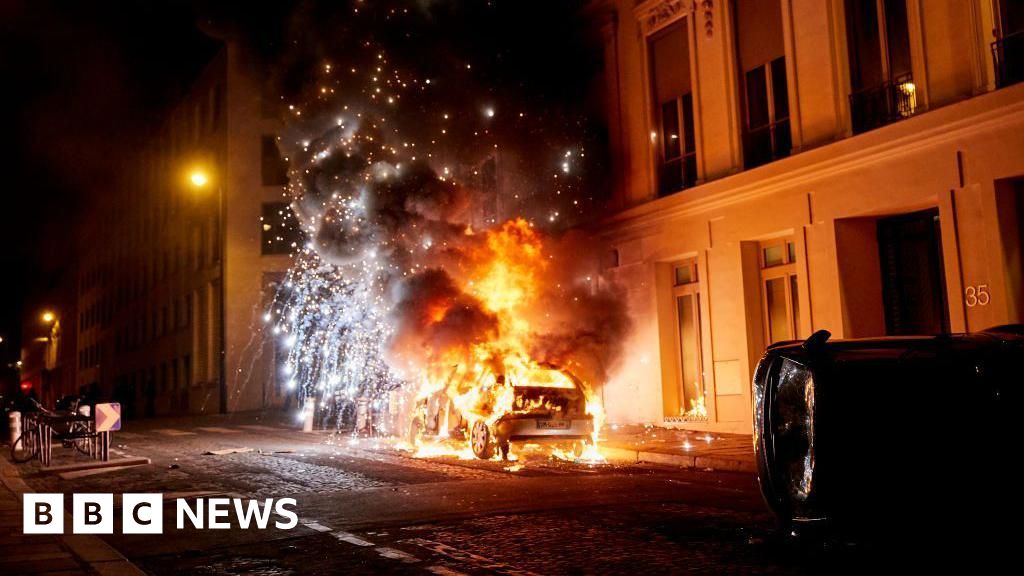Kabila Makes Surprise Appearance in Goma, Holds Talks with Religious Leaders Amidst Conflict

Kabila's Unexpected Visit Sparks Hope for Peace in Eastern Congo
In a significant and unexpected development, former Congolese President Joseph Kabila made his first public appearance in rebel-held territory on Thursday, visiting the city of Goma in the volatile eastern region of the Democratic Republic of Congo (DRC). The visit, which took place amidst ongoing conflict and instability, saw Kabila meeting with local religious leaders in what participants described as an effort to foster dialogue and promote peace.
Goma, a strategically important city bordering Rwanda, has long been a flashpoint for conflict, with various armed groups vying for control. The presence of Kabila, who governed the DRC from 2001 to 2019, in this territory carries considerable symbolic weight. His appearance suggests a renewed interest in finding a peaceful resolution to the complex challenges facing the region.
A Focus on Dialogue and Reconciliation
The meetings between Kabila and the religious leaders reportedly centered on discussions about the current security situation, the humanitarian crisis impacting civilians, and potential avenues for reconciliation. Participants emphasized Kabila’s desire to hear directly from community leaders and understand their concerns. Several religious figures present expressed optimism that Kabila's involvement could contribute to a constructive dialogue with various stakeholders, including rebel groups.
“It was a very important meeting,” stated Bishop Jean-Marie Muhorabuza, a prominent religious leader in Goma. “Former President Kabila listened attentively to our concerns and expressed his commitment to supporting initiatives that promote peace and stability. His presence here demonstrates a willingness to engage with all parties and work towards a lasting solution.”
Complexities and Challenges Ahead
While Kabila’s visit has been welcomed by some as a positive step, significant challenges remain. The security situation in eastern Congo is incredibly complex, with numerous armed groups operating in the region, including the M23 rebels who have recently intensified their activities. The involvement of neighboring countries and regional power dynamics further complicates the situation.
Analysts caution that Kabila's role is likely to be carefully scrutinized. His legacy as president has been marked by accusations of authoritarianism and corruption, and some may view his renewed engagement with suspicion. However, others argue that his deep understanding of Congolese politics and his extensive network of contacts could prove invaluable in facilitating peace negotiations.
Looking Forward: A Potential Catalyst for Change?
The timing of Kabila’s visit is noteworthy, occurring amidst growing international pressure to address the escalating violence in eastern Congo. The United Nations and various international organizations have called for an immediate cessation of hostilities and a renewed commitment to diplomatic efforts. Kabila’s appearance in Goma could potentially serve as a catalyst for change, prompting renewed engagement from regional and international actors. Whether this visit will translate into tangible progress towards peace remains to be seen, but it undoubtedly represents a significant moment in the ongoing struggle for stability in the DRC.






